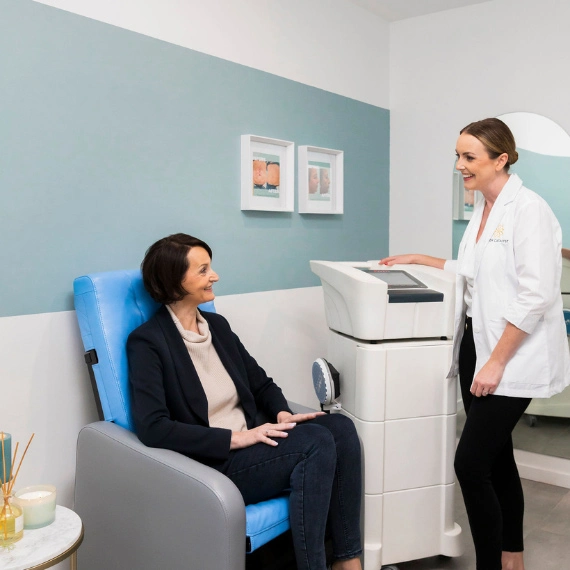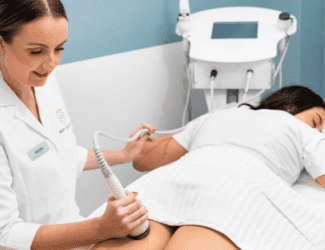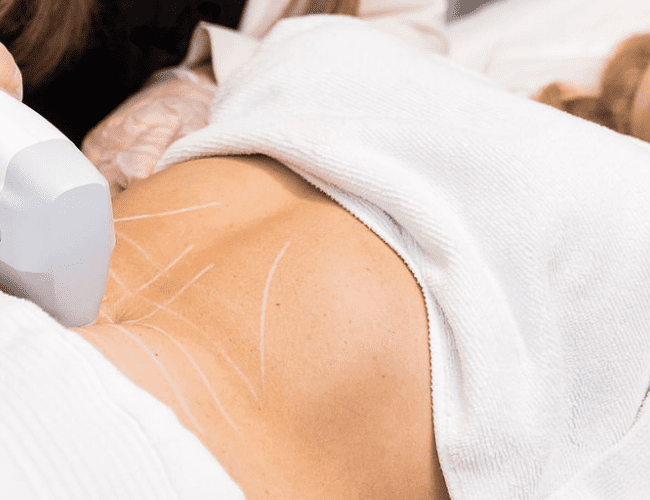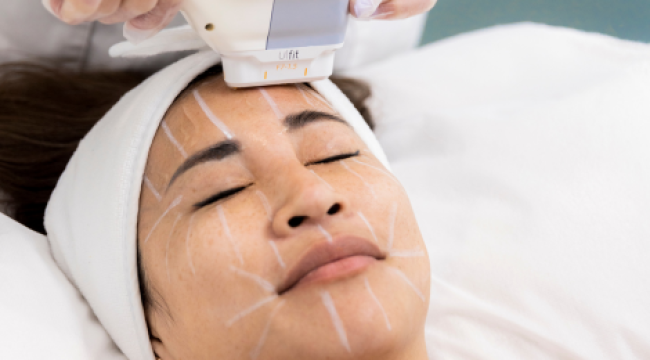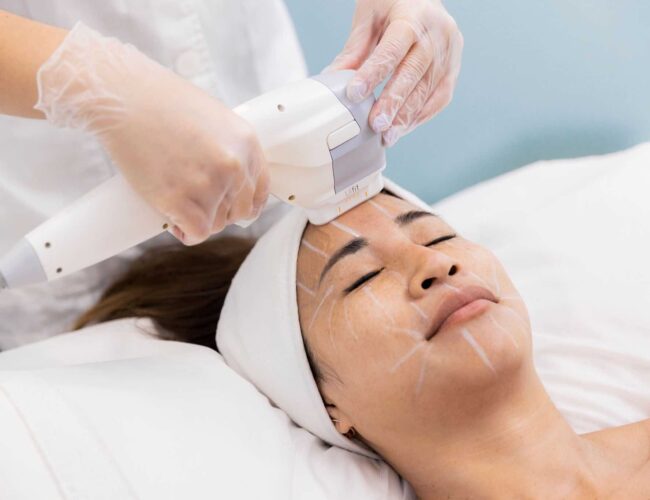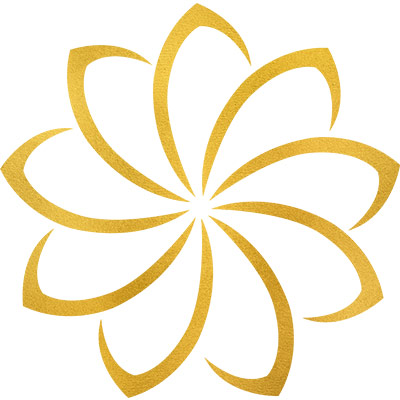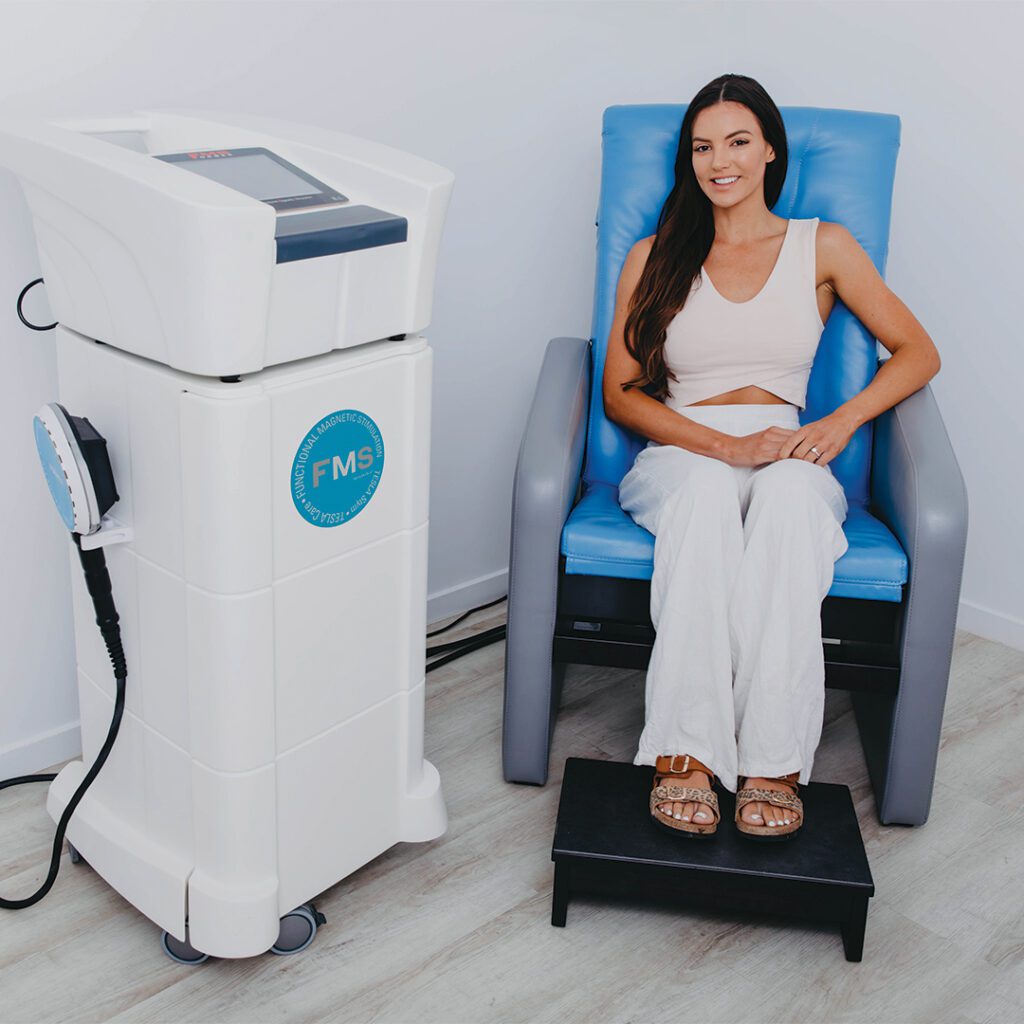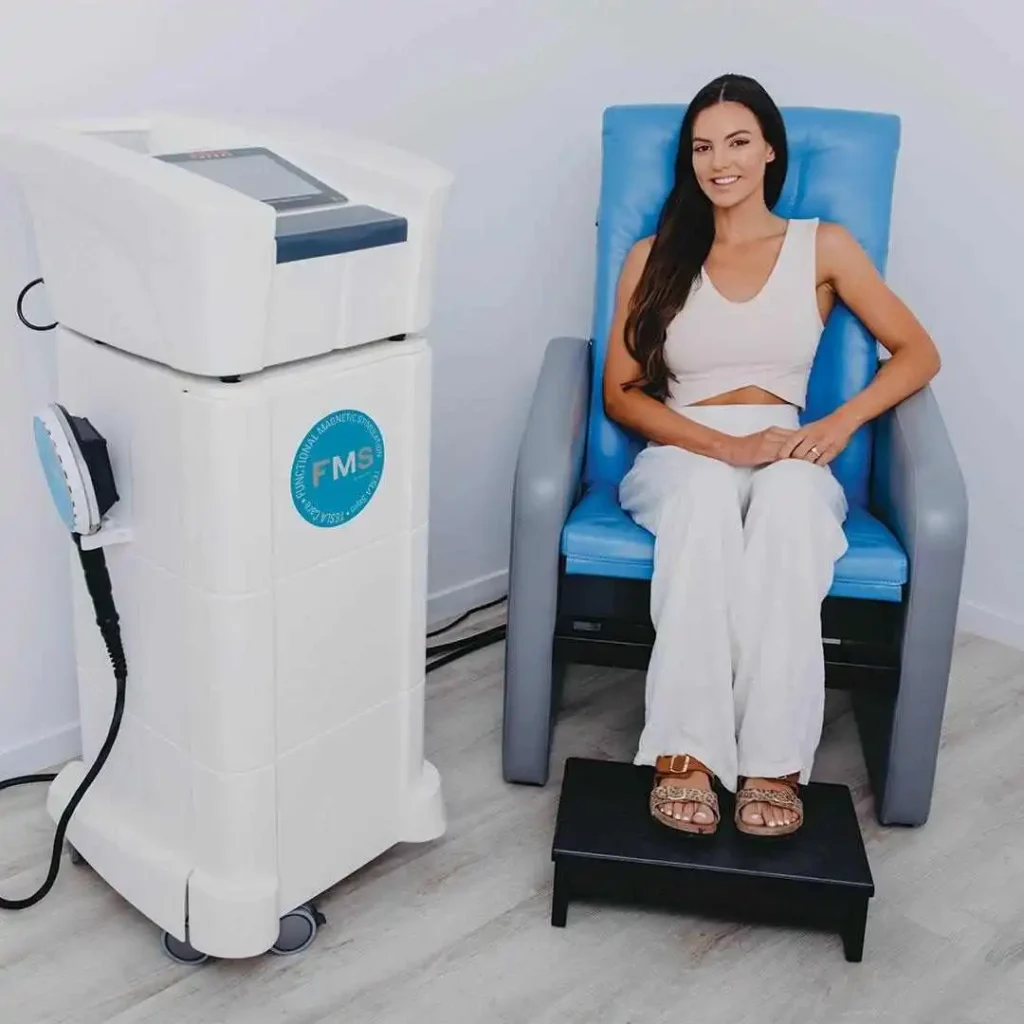Undergoing life’s daily journey with an (OAB) overactive bladder and incontinence can be difficult. A variety of treatment options exist aplenty to manage the symptoms effectively. This blog delves into the causes of OAB’s and incontinence. Plus, we delve into a variety of treatments tailored to provide relief and enhance quality of life.
Overactive Bladder Symptoms
Before diving into the treatments, it’s important to understand what an overactive bladder and incontinence entails. An overactive bladder (OAB) is a condition where you have an uncontrollable urge to urinate, leading to frequent visits to the bathroom sometimes resulting in incontinence. Incontinence is the involuntary leakage of urine, which can be due to various reasons such as weak pelvic floor muscles, nerve damage, or certain medical conditions.
Traditional Overactive Bladder Treatment Options:
- Changes in Lifestyle:
Diet: Certain beverages and food items like caffeine, alcohol and spicy food can kind of worsen OAB symptoms. So, cutting down or avoiding these triggers, might help manage the symptoms better.
Bladder training: This activity involves consciously scheduling bathroom visits to slowly increase the intervals between urination and gain control back over bladder functions.
Performing Pelvic floor exercises: Strengthening through pelvic floor exercises, like Kegel exercises, can improve control over the bladder and reduce incontinence episodes.
- Medicines:
Medicines like Anticholinergic: These kinds of drugs, relax the bladder muscles, reduce bladder contraction frequency and give relief from overactive bladder symptoms. Oxybutynin, tolterodine, and solifenacin are some examples.
Beta-3 agonists medicines: These medicines get beta-3 receptors in the bladder stimulated leading to increased capacity in the bladder, and decreased urgency. Mirabegron is often a prescribed beta-3 agonist.
- Pelvic Floor Physical Therapy:
Therapy of the pelvic floor is recommended as a remedy for those with pelvic floor dysfunction caused by weakness in muscles in the pelvic floor. The patient is assessed and then aided to perform exercises to strengthen the pelvic floor while enhancing the bladder and overall bowel control.
- Pelvic Floor Exercises:
Pelvic floor exercises are a major part of treatment for OABs and incontinence, these exercises target the muscles that support the bladder, urethra, and other pelvic organs, helping to improve control and reduce leakage. This is typically done by squeezing the muscles for 10 seconds for 10 repetitions while lying down, sitting or even standing upright.
- Surgical Methods:
There are cases when surgical methods are suggested for the treatment of an overactive bladder or incontinence. The options could be bladder augmentation, sling procedures, artificial urinary sphincter implantation, and others. These procedures are considered usually when other methods have not worked and is the most extreme measure which can be invasive and painful.
The Current Landscape of Solutions
Traditional solutions for an overactive bladder and incontinence range from medication and pelvic floor exercises to invasive surgeries. While effective for some, these methods often come with side effects or require a level of maintenance that can be overwhelming or unmanageable.
Overactive Bladder Treatment Technology
Introducing Teslachair: A New Dawn in Treatment
At its core, the Teslachair is a testament to how far we’ve come in leveraging technology to improve human health. Its principle is rooted in magnetic therapy, a non-invasive technique that has shown promise in a variety of health and well-being applications.
The Science Behind the Success
Teslachair utilises a technology known as Functional Magnetic Stimulations (FMS), which works to reinforce and strengthen pelvic floor muscles by causing them to contract involuntarily. This stimulation can help manage the symptoms of pelvic floor dysfunction and an overactive bladder.
A Leap in Accessibility and Comfort
One of the most appealing aspects of Teslachair’s FMS technology is its user-centric design. It’s a solution that people can use in the comfort of their own homes, reducing the need for frequent medical visits and interventions. Body Catalyst’s own Teslachair Pelvic Floor Strengthening treatment works by strengthening and toning muscles via Tesla energy which stimulates muscle contractions..
While an overactive bladder can be a challenge, there are effective treatments available. We are invested in seeing you get results via our non-invasive treatments that can help strengthen pelvic muscles and say goodbye to dysfunction leading to an overactive bladder and being incontinent. Working closely with the trained technicians at Body Catalyst, those affected by OABs and incontinence can get relief and regain control over bladder functions.
